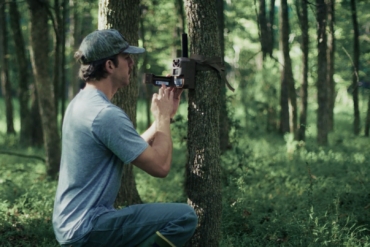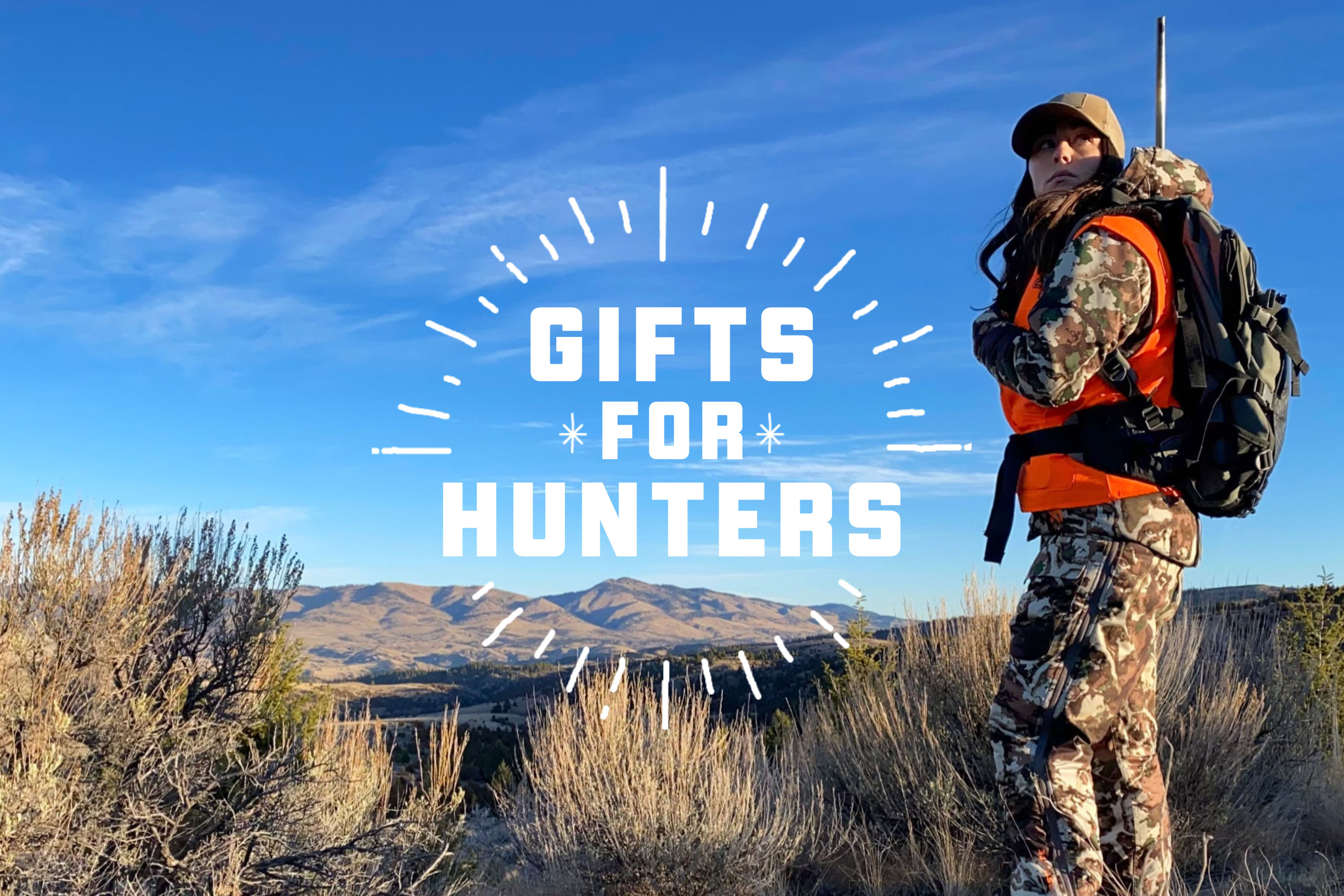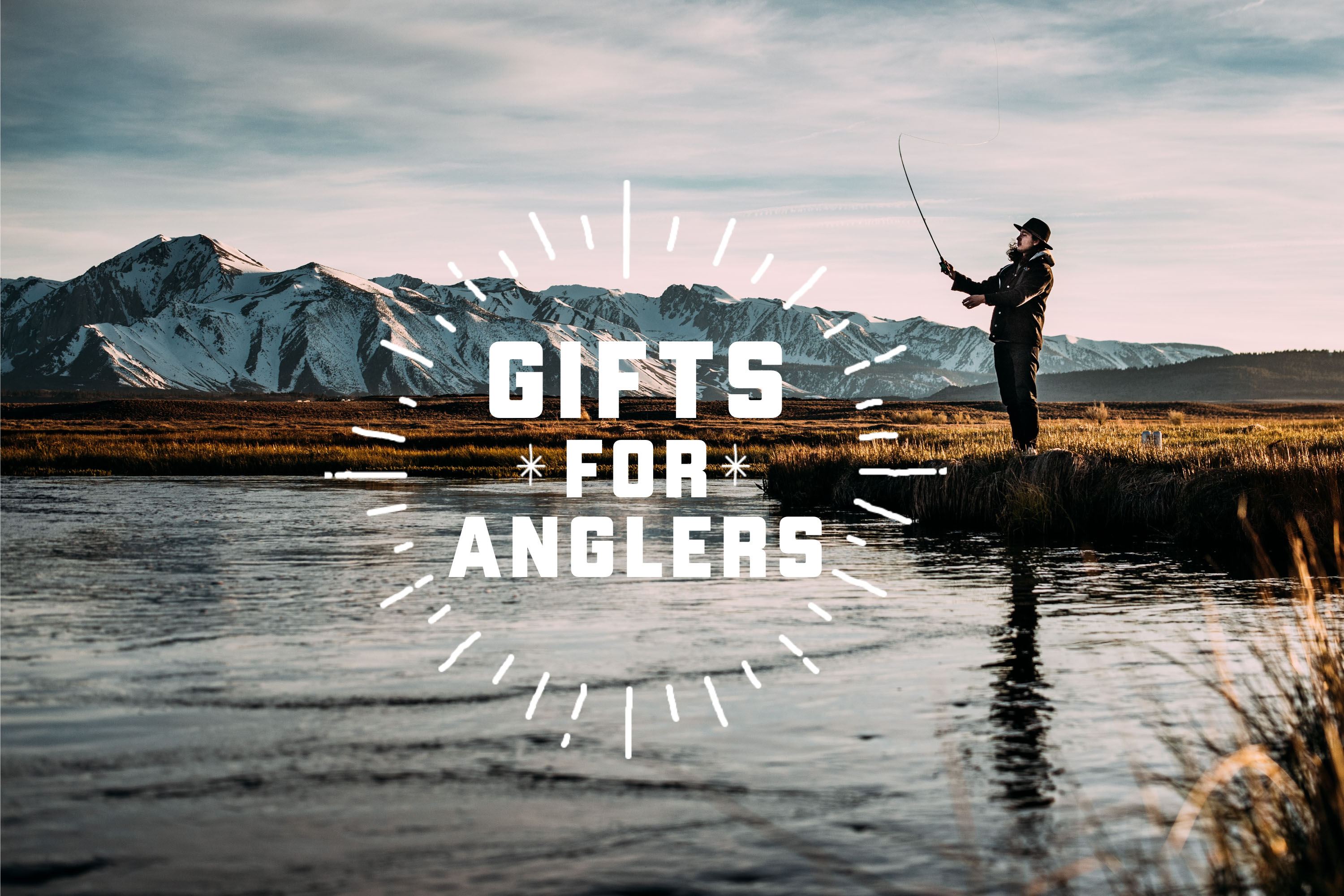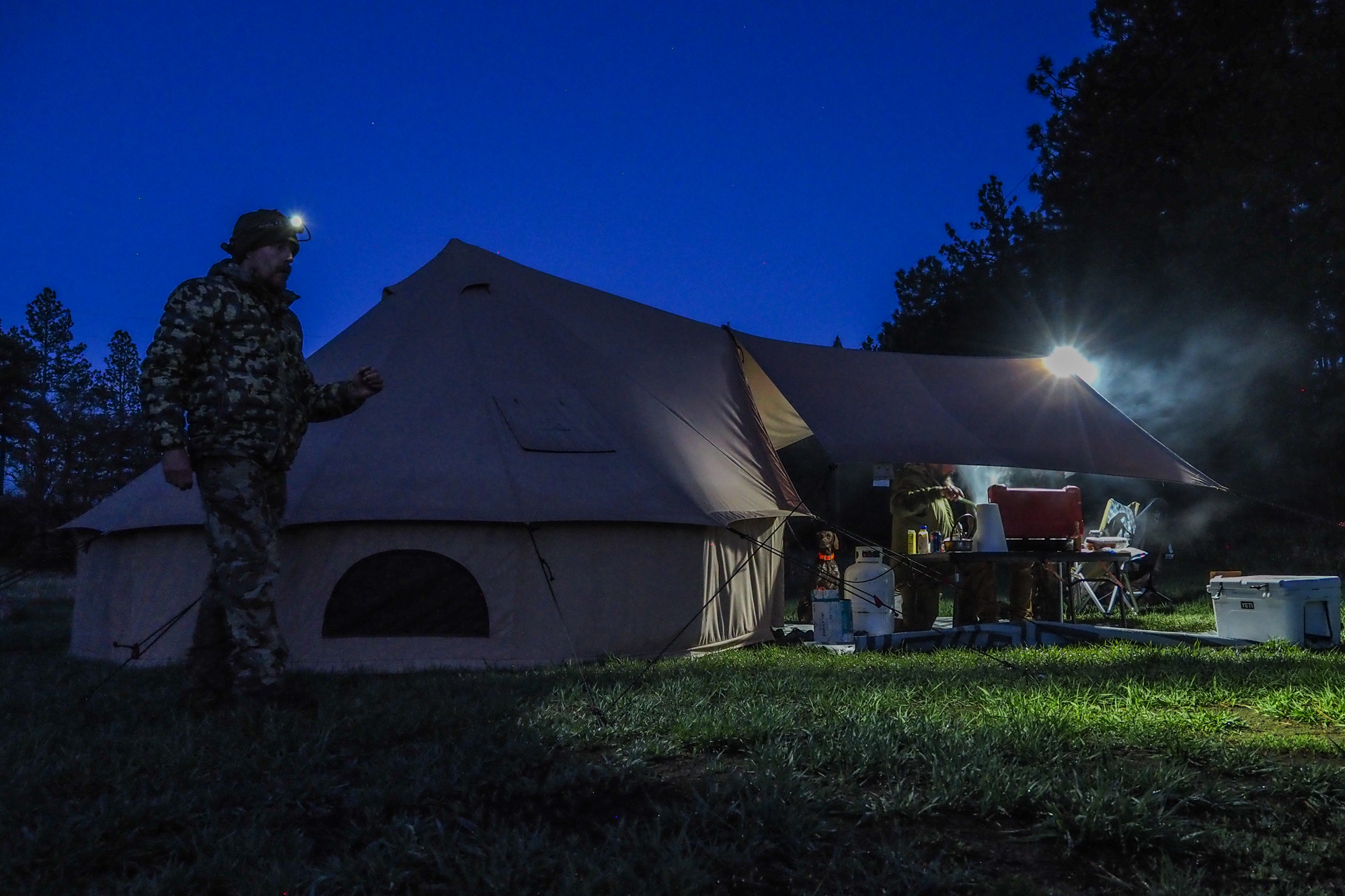Warmer temps, flowers, and bears, oh my! Here is spot-and-stalk spring bear hunting in a nutshell.
Right about now, winter is looking in the rearview mirror at spring riding its tail. Out with the old and in with the new, right? Snow is melting, green grass is emerging, and flowers are blooming. It’s a beautiful time to be out in the mountains.
It’s one of my favorite times, but not just because of the new growth. It’s the awakening black bears that I fancy, both for the experience and the phenomenal meat.
Bear hunting has been growing in popularity as of late, and the most accessible way of hunting them is via spot and stalk. It’s a heart-pounding tactic that anyone with a tag and desire can go experience for themselves. No dogs and no hauling bait back and forth. It’s just you and the bears.
Spot-and-Stalk Spring Bear Hunting 101
A Few Common Misconceptions About Bear Hunting
- Is bear hunting even legal? Yes! Bear hunting is indeed regulated and used successfully as a management tool for black bear populations.
- Hunters harvest female bears and leave cubs to fend for themselves. False! It is illegal to harvest a sow (female bear) that has cubs in tow.
- You can’t eat bears. False! Bear meat is excellent table fare, and many even prefer it over elk.
How to Find Spring Bears

On the tippity-top of the surface, most new bear hunters want to get out there and look for bear sign — things like tracks and scat. Bear sign is awesome when you can find it. As you’re walking around, keep your eyes out for not only the obvious like tracks and scat, but also flipped rocks, busted-up logs, rubbed trees, and so on.
As an avid bear hunter, though, for the past 10 years, I’ll tell you I actually spend very little time looking for bear sign. Sure, I come across it now and then, which is great.
I honestly spend more time looking for their food source and paying attention to the elevation of that food source. Along with that, I also focus my attention on drainages with water in the bottom.
Taking into account all of this information, you can really narrow down where to go and where not to go on a topo map. From there, I like to be nonintrusive and watch these areas from afar.
Food Source Is Everything
Black bears are bound to their stomachs. For this reason, it is absolutely necessary that you find their preferred food source in reflection of the time of year.
In the springtime, especially early spring, that is fresh green-up. Grass helps get their insides moving again, essentially waking it up after being in the den. They can be observed in the wide open, mowing down grass just like your John Deere.

South-facing slopes are a great place to start your search for this new grass. The south faces get more sunlight, which will cause the snow to melt off sooner than other exposures.
This will give way to the first grasses of the season. And it’ll be lower on the hill at first, too, slowly creeping its way up the mountain. The bears will follow this green-up.
No matter the face, pay attention to the snowlines here. That’s a great indicator of where fresh green-up might be as well. A few hundred yards below the snowline is generally where the grass will be. It could be on an east face or north face. This is why boots-on-the-ground scouting is essential, as things can change from year to year.
Spring bears will also feed on flowers, new growth on trees, bugs via flipping rocks, and wild onions. Later in the spring, they will also hit berries.
All About the Optics

Once you locate the food sources, you’ll need to narrow down a few vantage points that will allow you to watch them from afar. Digital 3D mapping is almost an unfair way of finding these but, man, it’s useful and saves time. Apps like GOHUNT Maps, onXmaps, and BaseMaps are a few to consider.
Try to find more than one vantage point, just in case. Sometimes the view isn’t exactly what you thought, not accessible, or maybe someone is already there. Have backups.
From these vantage points, sit down with your optics on a tripod. That is key. Having your binoculars or spotting scope mounted on a tripod will eliminate shake and help you spot movement that much better.
A bear out in the open is one thing, but a bear in a bush? That’s another and way harder to see. Use your optics to slowly grid search these hillsides. Pay attention to edges, shade, and bluff lines. And, of course, pay attention to the food.
My Do-It-All Spring Bear Glassing Setup
- Binoculars: Vortex 10×42 UHD
- Spotting scope: Vortex Razor 65mm
- Tripod: Vortex Summit Carbon II
Hunt All Day Long

Spring bear hunting isn’t your typical “head back to camp for breakfast” type of hunt. In fact, it’s quite the opposite. Bears in the springtime are fairly active throughout the entire day. This means that if you head back for that McMuffin, you’re gonna miss out on finding bears. You’d be far better off packing that sandy with you and staying out all day long.
The earliest in the day I’ve personally ever seen a bear in the spring is 7:30 a.m. More times than not, I’m spotting them late morning and on, watching them throughout the entire day.
Their program is pretty simple. They’ll feed, go lay down, feed, go lay down, and so on. And they’ll usually do it in a pretty tight area, which is beneficial to you.
We’ll get into that in a bit. At any time of the day, though, they can decide to get up for a stroll and bite to eat. Simply put, you won’t see what you aren’t there to see.
‘There’s a Bear — Now What?’
One of the biggest hangups I’ve witnessed in bear hunting is the moment a bear is spotted. It’s an ah-ha! moment that can have a tendency to either instill paralysis by analysis or cause a reckless move to cut the distance.
Here’s what you need to know.
Move It or Lose It

This is where paralysis by analysis will kick your butt. Black bears aren’t exactly stagnant animals. They move around quite a bit as they bounce from food source to food source. Because of this, you do want to try and move sooner than later, especially if the bear is feeding. A feeding bear is a great bear to stalk, as their full attention is on their grub.
And if it’s the rut (mid-May through June), you’ll really want to make a move if you’re looking at a boar, at least. Boars during the rut will cover a ton of country looking for sows. So, they might not stick around for very long. It’s the only time of year when food isn’t the top thing on their minds.
Before you do that though, always — and I mean always — take note of the wind. A bear’s primary sense is its smell, and it’s what will take your stalk from hopeful to dreadful. Carry a windicator and use it often.
They’ll Be Back … Maybe
Let’s say you make a move, but upon your arrival, the bear has vanished. Don’t panic! All is not lost.
More times than not, especially during the earlier spring season, you can almost throw a blanket over where a bear will likely be. This means that, in their pinball-like feeding frenzy, they will stay in a general area. So, they are somewhat predictable here.
For the hunter, this is a great opportunity to wait them out. You might sit for a while, but it’s worth it! I once sat on a bear that I spotted in the morning for 7 hours before he decided to show himself again.
Now, for the maybe part. This is going to come back to the time of year. As I said, if it’s the rut, all bets are off if you’re looking at a male bear. He might be back; he might not be. It’s all going to come down to if there is a sow in that very vicinity who’s ready to breed.
When Not to Move
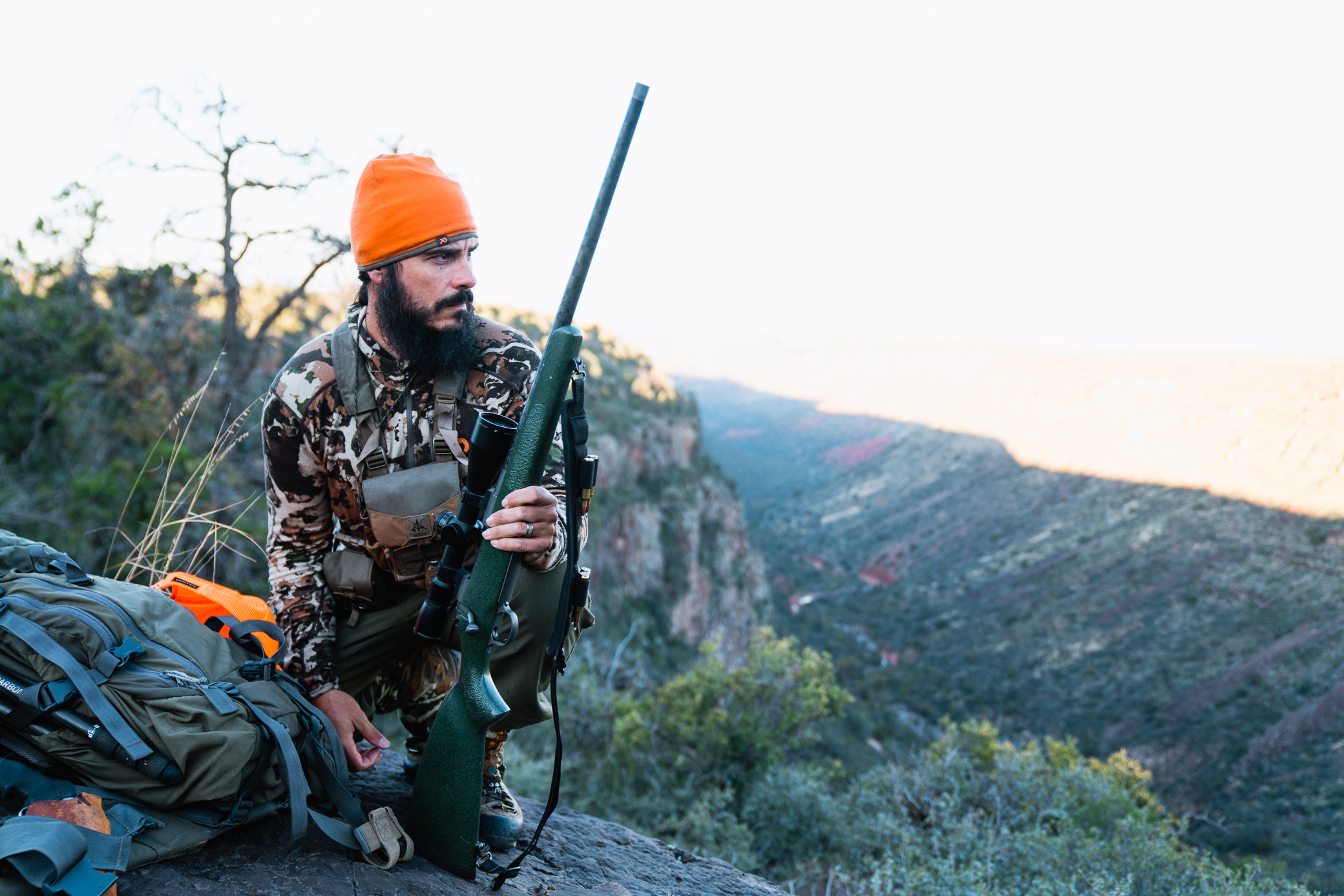
While moving sooner than later is a great tactic, there are also times when you might want to stay put. For instance, this could include the case of a bear just moving across the hillside without stopping.
Unless you can cover the distance in a timely manner to cut the bear off, save your energy. You’re better off just watching where that bear goes and reassessing after the fact.
There are also going to be times when you just can’t get to where a bear is or there isn’t enough daylight to do so. Bears sometimes hang out in some comically rugged areas that are not approachable. And if they are, they’re anything but easy getting to. Bears oftentimes will pop up with 30 minutes of daylight left, which is about enough time to do nothing.
Unless you’re certain you can make it, it’s better to not risk being reckless and possibly spooking the bear by doing so. Stay back, watch, and be a good hunter. Your opportunity will come.
I’m Here for the Gobbles … Not!

Most of the hunting community this time of year is focused on gobbles and strutting. I’ll admit, even as an avid black bear hunter, chasing turkeys is fun.
With that being said though, there is just something about heading into some of the nastiest country in the lower 48, trying to sneak up on a black bear, harvesting it, and bringing it home to feed my family.
That “something” is a different level of adventure as far as I’m concerned. That’s the one word that always comes to mind when I think of spot-and-stalk spring bear hunting. Adventure.
Along with that, it’s the only true big game animal that we can hunt in the spring. It’s the perfect opportunity to get out among the new growth, stretch the legs, maybe test out some new gear, and live in the dirt a little bit. If that sounds like your cup of tea, consider putting the box call down for a minute this spring and start glassing for bears.
I’ll warn you, though. Those turkey calls might start collecting dust next spring season.


